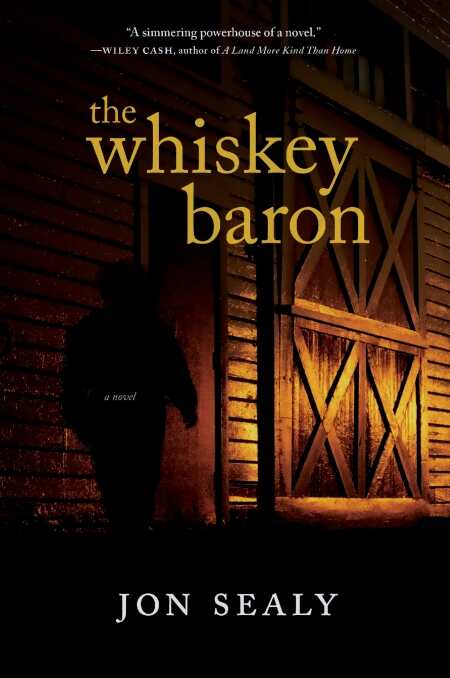
The Whiskey Baron
The natural beauty of a small town in the early 1900s and the effects of industrialization on small-town life are intricately rendered in this murder mystery.
The search for a murderer in a small South Carolina town ignites this strong debut novel, but The Whiskey Baron is more than a literary thriller. There’s plenty of action as well as well-drawn characters: a philosophizing bootlegger and a sheriff who’s lost faith in the law, star-crossed young lovers from different parts of town, a man who never grew up, and a boy who can only hope to forget. Ultimately, this is a book about the loss of innocence and the fragile balance between good and evil.
A phone call in the middle of the night wakes Sheriff Furman Chambers from a dream. Two boys have been murdered outside the local tavern that serves as a front for Larthan Tull’s whiskey operation. The bartender claims that a man named Mary Jane Hopewell, a local ne’er do well, is responsible. Despite prohibition, the Sheriff tolerates Tull’s bootleg business, knowing it would happen anyway. But two dead boys can’t be ignored, and even though he doesn’t believe Mary Jane is responsible, the Sheriff wants to find him before Tull does.
Joe Hopewell, Mary Jane’s older brother, and his family are at the heart of a parallel story. Prohibition has been good for Joe: he stopped drinking and settled down with his pretty wife and two sons. They’re barely scraping by, but they’re together. Now illness and a romance between his oldest son and Tull’s daughter have destroyed the family’s equilibrium. Is more disaster on the way? The minor story lines tend to overshadow the search for Mary Jane, though this does not detract from the success of the story.
Joe Sealy makes good use of the historical time frame. World War I and its losses are felt daily by many characters. The railroad divides up the land, and small farmers can no longer make a living. Even as Sealy writes lovingly about the Piedmont, the whip-poor-wills, and sunsets, the land’s beauty is receding from daily life.
By the end of two weeks, we need two hands to count the dead. Among the living, twelve year-old Willie Hopewell is left knowing that the world isn’t on his side, that the best he can hope for is to endure.
Reviewed by
Karen Ackland
Disclosure: This article is not an endorsement, but a review. The publisher of this book provided free copies of the book to have their book reviewed by a professional reviewer. No fee was paid by the publisher for this review. Foreword Reviews only recommends books that we love. Foreword Magazine, Inc. is disclosing this in accordance with the Federal Trade Commission’s 16 CFR, Part 255.
